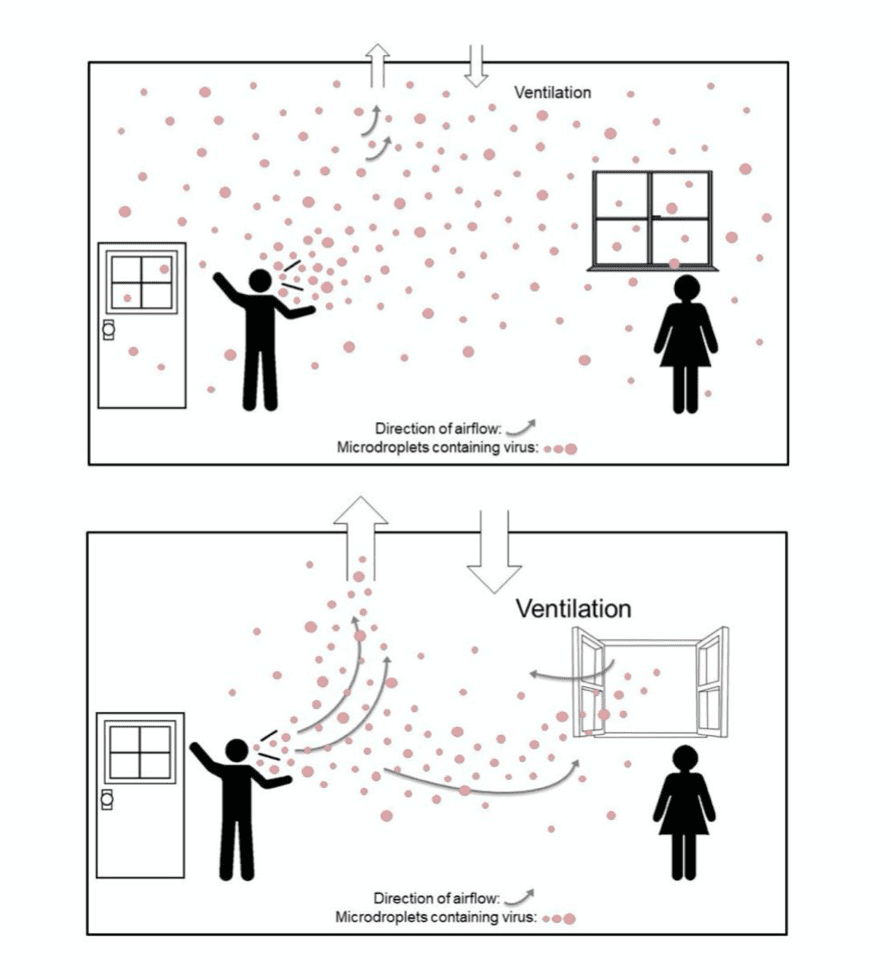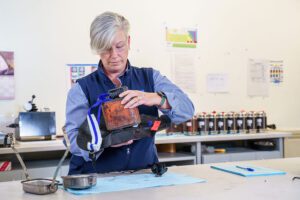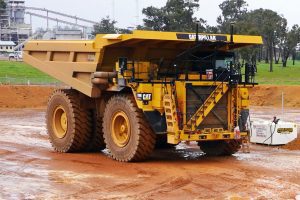A large group of scientists has made an appeal for the WHO and other regulatory bodies to urgently consider the risk of COVID-19 transmission of the disease through microscopic particles in the air. The scientists say that the COVID-19 virus can remain airborne for a significant period of time in small particles known as microdroplets.
Past advice from the WHO and Government bodies was that the virus predominately spreads through large particles that are distributed through coughs and sneezes and then fall directly to the floor within a range of 1-2 metres.
The scientists confirmed that the microscopic virus particles can be released during exhalation, talking, and coughing and remain airborne. The particles can travel tens of meters and even settle on surfaces well above floor level.
The increased risk of transmission from smaller particles highlights the current social distancing control requirements may not be effective particularly in inadequately ventilated enclosed spaces.
“We appeal to the medical community and to the relevant national and international bodies to recognize the potential for airborne spread of COVID-19. There is significant potential for inhalation exposure to viruses in microscopic respiratory droplets (microdroplets) at short to medium distances (up to several meters, or room-scale), and we are advocating for the use of preventive measures to mitigate this route of airborne transmission.”
Lidia Morawska Queensland University of Technology & Donald K. Milton University of Maryland School of Public Health
The open letter penned by Dr Morawska is supported by 239 other global scientific experts including virologists, aerosol physicists and epidemiologists.
What are the recommendations for managing COVID-19 Microscopic particles?
A number of recommendations have been made by the scientists including:
- Provision of sufficient and effective ventilation (supply clean outdoor air, minimize recirculating air) particularly in public buildings, workplace environments, schools, hospitals, and aged care homes;
- Supplement general ventilation with airborne infection controls such as local exhaust, high-efficiency air filtration, and germicidal ultraviolet lights;
- Avoid overcrowding, particularly in public transport and public buildings.
They say that the matter is of “heightened significance now when countries are re-opening following lockdowns – bringing people back to workplaces and students back to schools, colleges, and universities.”

Image: It is Time to Address Airborne Transmission of COVID-19, Lidia Morawska, Donald K. Milton
You can read the full paper here
Read more Mining Safety News














Add Comment